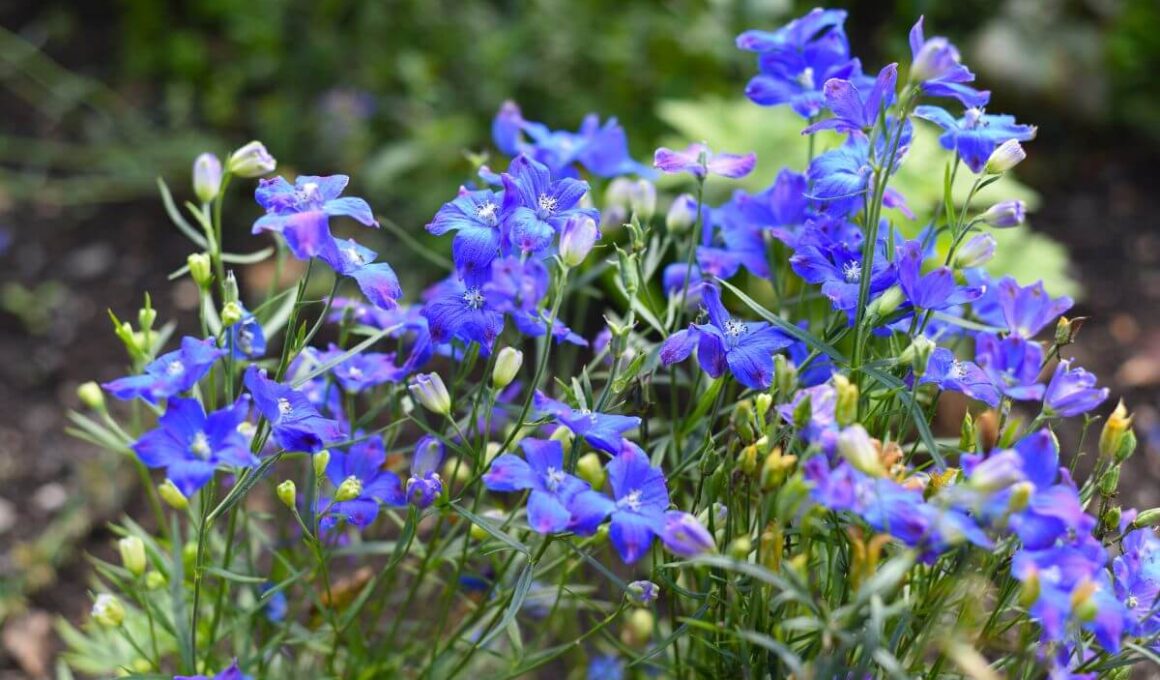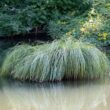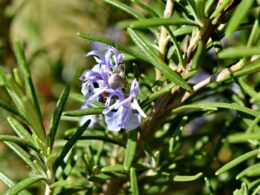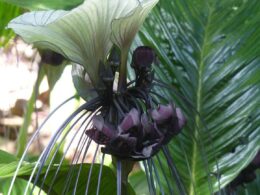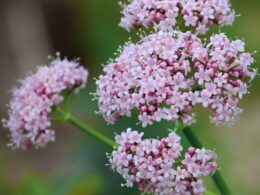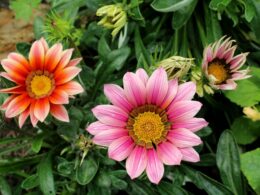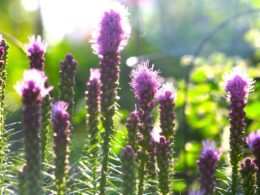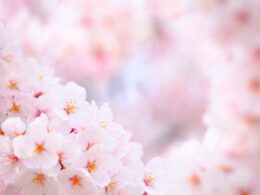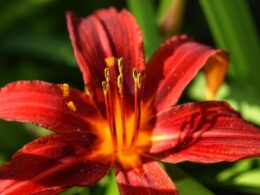If you’re lucky enough to live in an area where gentians grow wild, be sure to take a look! In this guide, we’ll provide information on how to identify gentian flowers, as well as tips on growing your own. So grab your gardening gloves and let’s get started!
Gentian Flower (Gentiana): Morphology
The gentian flower belongs to the Gentianaceae family. They can be annual, biennial, and perennial. Some species can be evergreen, others are not.
Gentian flowers have a very distinct morphology that sets them apart from other flowers. The most notable feature of these blooms is their long, narrow petals. These petals can range in color from white to blue, violet and purple, and they are often arranged in a spiral pattern around the center of the flower.
Gentian flowers are typically pollinated by insects, such as bees or flies. The pollen of these flowers is often very large, which makes it easy for insects to transfer it from one flower to another.
Gentian flower is relatively common in the Northern Hemisphere, and can be found as wildflowers in alpine habitats and temperate regions of Europe, Americas, and Asia. They grow best in moist, shady environments. Many gentian species are used as ornamental plants, and their flowers are popular in bouquets and floral arrangements.
Gentian Flower (Gentiana): Growing Conditions
Gentians are flowering plants native to mountainous regions of Europe, Asia, and North America. These mostly perennial plants prefer cool climates and do not tolerate heat or humidity well. Gentians grow best in full sun to partial shade and in sandy, well-drained soils.
Watering is an important part of caring for a gentian flower. These plants do not like wet feet, so make sure the soil drains well. Water thoroughly when the soil is dry to the touch.
If you live in a warm climate, you may need to take steps to protect your plants from the heat. Provide shading during the hottest hours of the day and water more frequently to keep the soil moist. Remember to cut the stems after blooming to encourage new growth.
These flowers typically bloom in late summer or early autumn.
Types of a Gentian Flower
There are three main types of gentian flowers. Each type has its own unique appearance and grows in different places around the world.
Downy gentian, also known as a prairie gentian (Gentiana puberulenta) is native to the prairies of North America. The blooms are a deep blue color and have a long tube-like shape.
Closed bottle gentian (Gentiana andrewsii) gets its name from its unique bloom shape. The petals of this flower are fused together, forming a closed “bottle.” This type of gentian is found in damp, wooded areas of North America.
Great yellow gentian (Gentiana lutea) is the largest type of gentian flower. It has bright yellow blooms. This flower is native to Europe and Asia.
There is also a very popular Gentiana ‘True Blue’, which is actually a hybrid. Gentiana True Blue has deep blue flowers with a yellow throat. It is commonly used in bouquets and floral arrangements.





